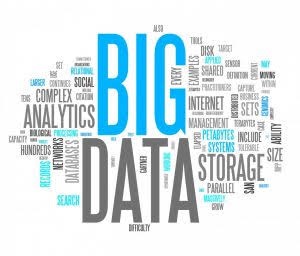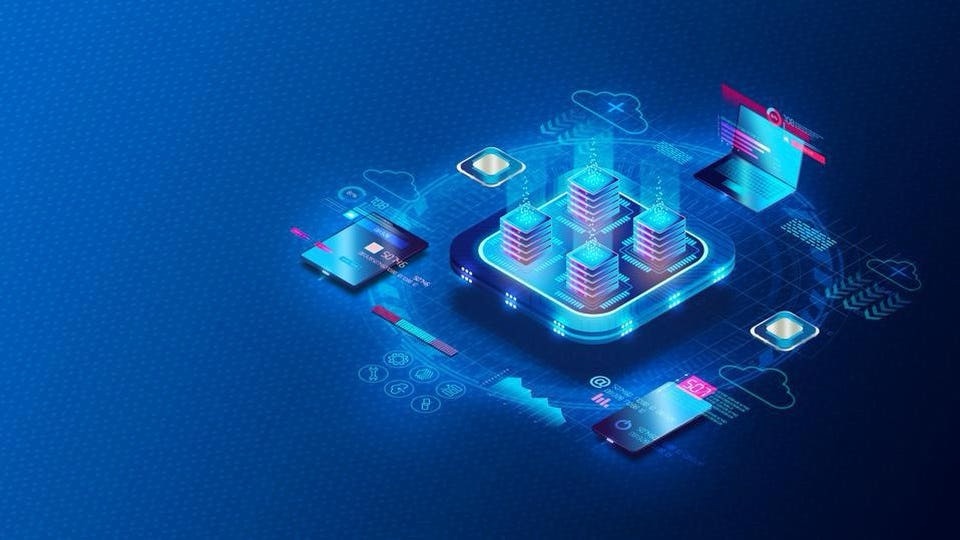Big Data Analytics Explained: Changing the Way We See the World

In the digital age, data is often referred to as the “new oil.” It has become a valuable resource that powers innovation, drives decision-making, and transforms industries. Big data analytics, the process of examining large and varied data sets to uncover hidden patterns, correlations, and other insights, is at the forefront of this revolution. In this blog post, we’ll explore how big data analytics is changing the world and shaping the future.
What is Big Data?
Big data refers to the vast volumes of data generated every second from various sources, including social media, sensors, transactions, and more. The defining characteristics of big data are often described by the “Three Vs”:
- Volume: The sheer amount of data generated is enormous. For example, social media platforms generate terabytes of data every day from user interactions.
- Velocity: Data is generated at an unprecedented speed. Streaming data from IoT devices, for example, is produced in real-time and needs to be processed immediately.
- Variety: Data comes in various formats, including structured (databases), semi-structured (XML, JSON), and unstructured (text, video, audio).
Big data analytics involves the use of advanced tools and techniques, such as machine learning, data mining, and artificial intelligence (AI), to process and analyze this data to derive actionable insights.
How Big Data is Changing the World
- Transforming Industries:
- Healthcare: Big data analytics is revolutionizing healthcare by enabling personalized medicine, improving patient outcomes, and reducing costs. For example, predictive analytics can help identify high-risk patients, allowing for early intervention and preventive care. Additionally, big data is used in genomics to identify patterns in DNA sequences that could lead to new treatments and therapies.
- Finance: In the financial industry, big data is used for fraud detection, risk management, and personalized banking services. By analyzing transaction data and customer behavior, financial institutions can detect unusual activities that may indicate fraud and develop targeted marketing strategies to better serve their customers.
- Retail: Retailers use big data analytics to optimize supply chains, manage inventory, and enhance customer experiences. By analyzing purchase histories, social media activity, and online behavior, retailers can predict trends, personalize offers, and improve customer satisfaction.
- Manufacturing: Big data is transforming manufacturing by enabling predictive maintenance, optimizing production processes, and reducing downtime. By analyzing sensor data from machines, manufacturers can predict equipment failures before they occur and schedule maintenance to avoid costly disruptions.
- Enhancing Decision-Making:
- Data-Driven Decisions: Organizations across all sectors are increasingly relying on data analytics to inform their decision-making processes. Data-driven decisions are often more accurate and can lead to better outcomes than decisions based solely on intuition or experience.
- Real-Time Insights: With the ability to analyze data in real-time, businesses can respond more quickly to changing market conditions, customer preferences, and emerging trends. This agility is particularly valuable in fast-paced industries like retail, finance, and technology.
- Improved Risk Management: By analyzing historical data and identifying patterns, organizations can better assess and mitigate risks. This is especially important in sectors like finance, where accurate risk assessment is crucial for making sound investment decisions.
- Driving Innovation:
- New Products and Services: Big data analytics enables companies to identify unmet needs and develop new products and services that cater to those needs. For example, by analyzing customer feedback and social media trends, companies can identify gaps in the market and develop innovative solutions.
- Personalization: In the era of big data, personalization is key to gaining a competitive edge. Companies can use data analytics to deliver personalized experiences, such as tailored marketing campaigns, customized product recommendations, and individualized customer support.
- Predictive Analytics: Predictive analytics, a subset of big data analytics, uses historical data to predict future outcomes. This capability is being used in a wide range of applications, from predicting customer churn in the telecom industry to forecasting demand in the energy sector.
- Improving Public Services:
- Smart Cities: Big data analytics is playing a crucial role in the development of smart cities. By analyzing data from sensors, cameras, and other sources, city planners can optimize traffic flow, reduce energy consumption, and improve public safety. For example, predictive analytics can be used to manage traffic congestion by predicting peak traffic times and adjusting traffic signals accordingly.
- Public Health: Governments and public health organizations use big data to monitor and respond to health crises, such as pandemics. By analyzing data from multiple sources, including hospitals, social media, and public health databases, authorities can track the spread of diseases and allocate resources more effectively.
- Education: In education, big data is being used to enhance learning outcomes and improve the effectiveness of educational programs. By analyzing student performance data, educators can identify areas where students are struggling and tailor their teaching methods to better meet the needs of individual learners.
- Challenges and Ethical Considerations:
- Data Privacy: The use of big data raises significant concerns about data privacy and security. As organizations collect and analyze vast amounts of personal data, there is a risk that this data could be misused or fall into the wrong hands. It is essential for organizations to implement robust data protection measures and comply with data privacy regulations, such as the General Data Protection Regulation (GDPR).
- Bias and Fairness: Big data analytics is only as good as the data it relies on. If the data used to train algorithms is biased, the results will also be biased, leading to unfair or discriminatory outcomes. Organizations must be vigilant in identifying and mitigating bias in their data and analytics processes.
- Data Governance: As the volume of data grows, so does the need for effective data governance. Organizations must establish clear policies and procedures for managing data quality, security, and access to ensure that their data assets are used responsibly and effectively.
Future Trends in Big Data Analytics
- Artificial Intelligence and Machine Learning:
- AI-Powered Analytics: The integration of AI and machine learning with big data analytics is enabling more sophisticated and automated analysis. AI can process vast amounts of data quickly and uncover insights that would be difficult or impossible for humans to detect.
- Natural Language Processing (NLP): NLP is being used to analyze unstructured data, such as text and speech, to gain insights from customer feedback, social media, and other sources.
- Edge Analytics:
- Real-Time Processing: Edge analytics involves processing data closer to the source (e.g., IoT devices) rather than relying solely on centralized cloud data centers. This reduces latency and allows for real-time analysis, which is crucial for applications like autonomous vehicles and smart cities.
- Data Democratization:
- Access to Analytics Tools: As data analytics tools become more user-friendly and accessible, more people within organizations can use data to make informed decisions. This trend is known as data democratization, and it empowers employees at all levels to contribute to data-driven decision-making.
- Ethical AI and Responsible Data Use:
- Ethical Considerations: As the use of big data and AI grows, there is increasing awareness of the need for ethical AI and responsible data use. This includes addressing issues such as bias, transparency, and accountability in AI and analytics processes.
- Data as a Service (DaaS):
- Data Monetization: Companies are increasingly monetizing their data by offering it as a service to other organizations. DaaS allows businesses to access and use external data to complement their internal data, enhancing their analytics capabilities.
Conclusion
Big data analytics is transforming the way we live, work, and interact with the world around us. From improving healthcare outcomes to driving innovation and enhancing public services, the impact of big data is profound and far-reaching. However, with these opportunities come challenges, including data privacy, ethical considerations, and the need for effective data governance. As technology continues to evolve, big data analytics will play an increasingly important role in shaping the future, offering new possibilities for businesses, governments, and society as a whole.







 Total views : 5380
Total views : 5380